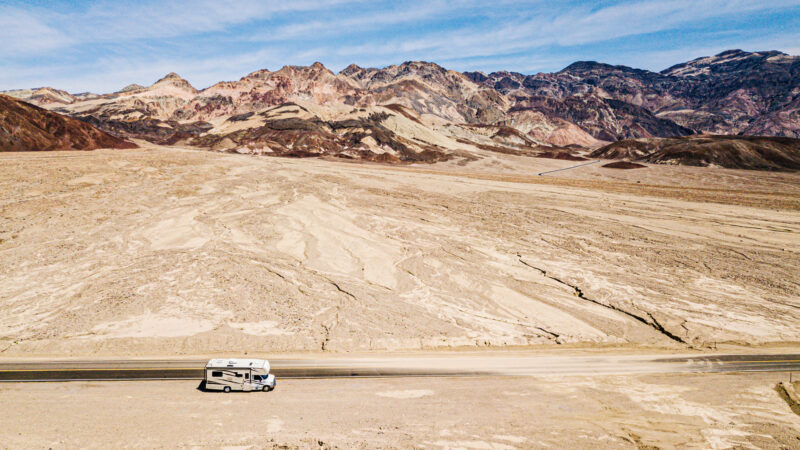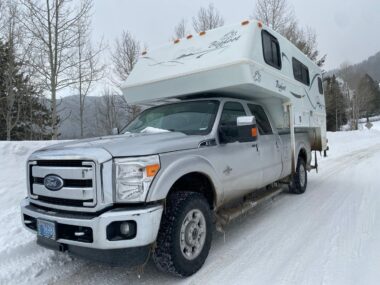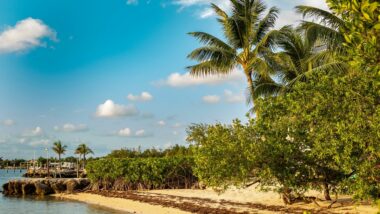Table of Contents Show
Many people have a road trip through America to explore the national parks on their bucket list. Whether it’s a trip west to Utah’s “Big Five” or a trip north to Acadia National Park in Maine, the national parks encapsulate our history and provide stunning scenery.
However, most Americans aren’t familiar with a few of them. In fact, a handful of parks see less than 20,000 visitors each year. Let’s learn more about these hidden gems and why you should plan a trip to the least visited national parks.
About the United States National Park System
The National Park System has been in place since 1872. However, the National Park Service wasn’t established until 1916 by President Woodrow Wilson.
Its mission is to “preserve unimpaired the natural and cultural resources and values of the National Park System for the enjoyment, education, and inspiration of this and future generations.” Since 1916, the system has expanded to include 423 units, from military parks to preserves and seashores.
The 19 naming designations include national battlefields, historic sites, monuments, and parks. These units cover more than 85 million acres in all 50 states, the District of Columbia, and U.S. territories.
Keep Learning: Want to know even more about how the National Park System is organized? Be sure to read Decoding the National Park System next!
How Many U.S. National Parks Are There?
As of 2021, there are 63 national parks. The newest, New River Gorge National Park and Preserve, is located in West Virginia. It was moved from the National River list to the national park list in December 2020.
Before that, White Sands National Park in New Mexico was redesignated from a national monument to a park in December 2019.
On the other end, Yellowstone is the oldest and first national park. President Ulysses S. Grant signed it into law in 1872. It has 25 sites, landmarks, and districts on the National Register of Historic Places.
The 5 Least Visited National Parks
Seven of the 15 least visited parks in America are in Alaska. It’s no surprise as much of Alaska is a remote wilderness that covers hundreds of thousands of miles.
You’ll find the least visited park of them all in central Alaska — Gates of the Arctic National Park and Preserve.
Gates of the Arctic National Park & Preserve
Location: Alaska
Visitors in 2021: 7,362
About the Park: There are no roads here. Visitors must fly or hike into the park. The landscape has remained largely unchanged with glacier-carved valleys and wild rivers.
Gates of the Arctic has six designated Wild and Scenic Rivers: the John, Noatak, Kobuk, Alatna, Tinyaguk, and the North Fork of the Koyukuk River.
Explorer Robert Marshall dubbed the peaks of Frigid Crags and Boreal Mountain the gates from Alaska’s Brooks Range into the far north Arctic.
It also goes up by Anaktuvuk Pass, a Nunamiut Inupiat village, which lies inside the park. These natives use the preserve’s resources for their survival.
Wildlife includes the Western Arctic caribou, grizzly and black bears, wolves, moose, Dall’s sheep, and wolverines. The 8.4 million acres were designated a national park in 1980.
Why You Should Visit: River floating is quite popular in the Gates of the Arctic National Park. However, it can also be challenging with the ever-changing conditions and extreme temperatures. But if you’re an outdoor enthusiast who loves to kayak, put this park on your bucket list. The Alaskan wilderness is incomparable.
And with no traffic and no signs of civilization, it has truly remained unchanged except by the forces of nature. Self-sufficient wilderness campers and skilled outdoorsmen may appreciate the loneliness of the Gates of the Arctic.
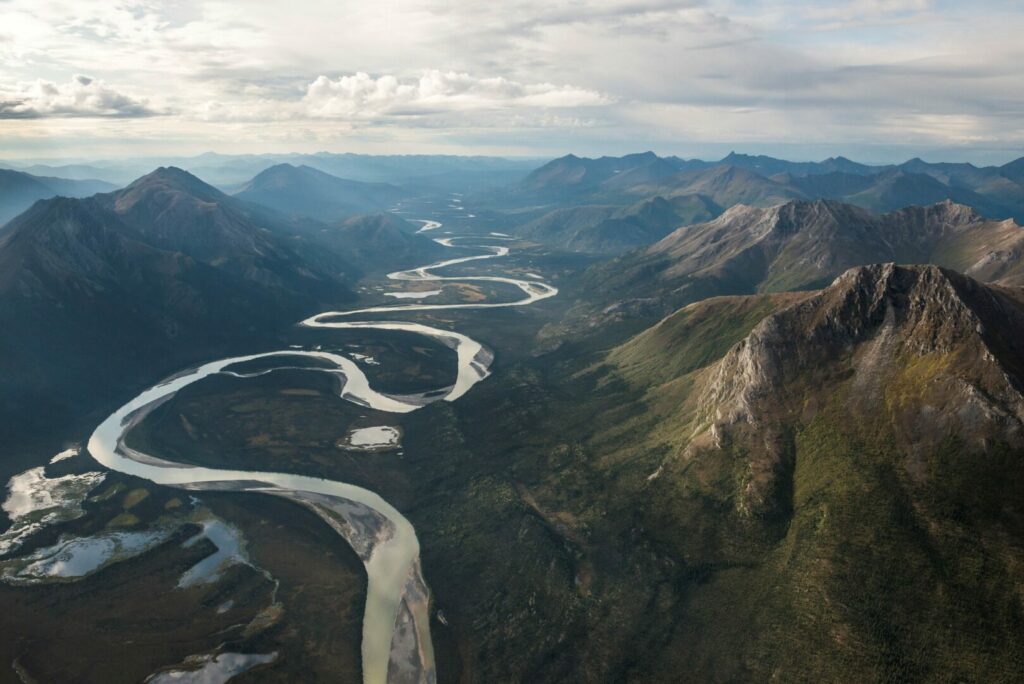
National Park of American Samoa
Location: American Samoa
Visitors in 2021: 8,495
About the Park: This national park, located in the South Pacific Ocean on the small island of American Samoa, protects the area’s rich culture and natural resources. The National Park of American Samoa features three tropical islands: Tutuila, Ta’ū, and Ofu.
The rainforest ecosystem of this least visited national park is home to wildlife, including fruit bats, whales, dolphins, wild pigs, and geckos. Additionally, it contains 4,000 acres underwater, including the Indo-Pacific coral reefs. The nearest airport is Pago Pago International Airport on Tutuila Island.
Hawaiian Airlines is the only major carrier. It takes two trips a week to American Samoa from Honolulu. Transportation can be challenging once you arrive on the islands, but it’s worth it to do some planning to explore this beautiful national park.
Why You Should Visit: Learn about the indigenous Samoan people, their village system, and family hierarchy. It’s important to respect their culture. Much of the national park is on tribal lands.
Follow the fa’asamoa, the Samoan Way, and observe the local customs when traveling through villages. You can also participate in the Homestay Program, where residents offer accommodations to visitors and educational opportunities to learn the traditions and culture of their people.
Keep in Mind: If you’re considering camping in your RV in a national park, you need to read this first: 5 Regrets of Camping in a National Park!
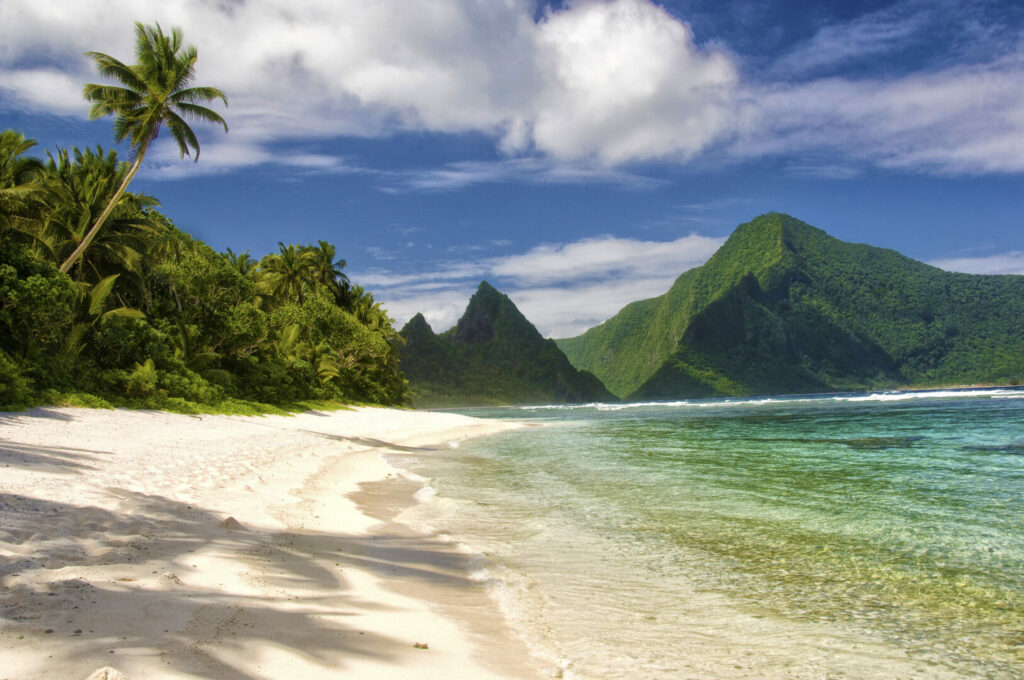
Kobuk Valley National Park
Location: Alaska
Visitors in 2021: 11,540
About the Park: The Kobuk Valley National Park in Alaska is just west of the Gates of the Arctic. The Great Kobuk Sand Dunes are probably the most iconic sights here. These sand dunes, relics from the last Ice Age 28,000 years ago, are now home to people who rely on the Kobuk River for survival.
Soaring 100 ft into the air and covering 25 square miles, the Great Kobuk Sand Dunes make up a stunning natural landscape above the Arctic Circle. Additionally, Sheefish is a rare fish that lives in the Kobuk River and can grow as large as 60 lbs. In 1980, this area went from a national monument designation to a park.
Why You Should Visit: One of the highlights is the caribou migration across the Kobuk River at Onion Portage. A quarter of a million animals migrate every spring and fall. The visitor center is located in Kotzebue, Alaska, as there are no facilities in the national park.
At the visitor center, you can check out the Northwest Arctic Heritage Center. Learn about the Arctic’s ecosystems and the Inupiaq culture, and participate in programs for adults and children.
The unique scenery and rugged wilderness of Kobuk Valley National Park make this park memorable. Additionally, backpackers may love exploring all that it offers.
North Cascades National Park
Location: Washington
Visitors in 2021: 17,855
About the Park: North Cascades National Park, less than three hours from Seattle, is the only park on the list in the lower 48 states. Cascading waterfalls, rugged peaks, forested valleys, and stunning glaciers fill this area of Washington.
The Stehekin Valley is a popular destination that you can only reach by foot, boat, or plane as no roads go into this wilderness area.
The area sits at the headwaters of Lake Chelan, the third deepest lake in the United States. Throughout the centuries, Native Americans have called this land “home.” Fur traders, explorers, homesteaders, and miners lived on the land.
Why You Should Visit: The ecosystems of North Cascades National Park vary because of the distinct climates. The temperate rainforest is home to salamanders and frogs, while the ponderosa pine forest has bighorn sheep and coyotes.
Additionally, North Cascades National Park is a prime location for birders and wildlife photographers. People regularly see numerous birds such as the bald eagle and spotted owl throughout the park.
You also can’t miss out on driving or biking the scenic North Cascades Highway. The landscape is stunning as you pass through gorges and valleys and witness the towering rugged peaks and glittering lakes of North Cascades National Park.
Keep in Mind: Make sure you’re respecting our national parks and read the 10 Rudest Things You Can Do in a National Park!
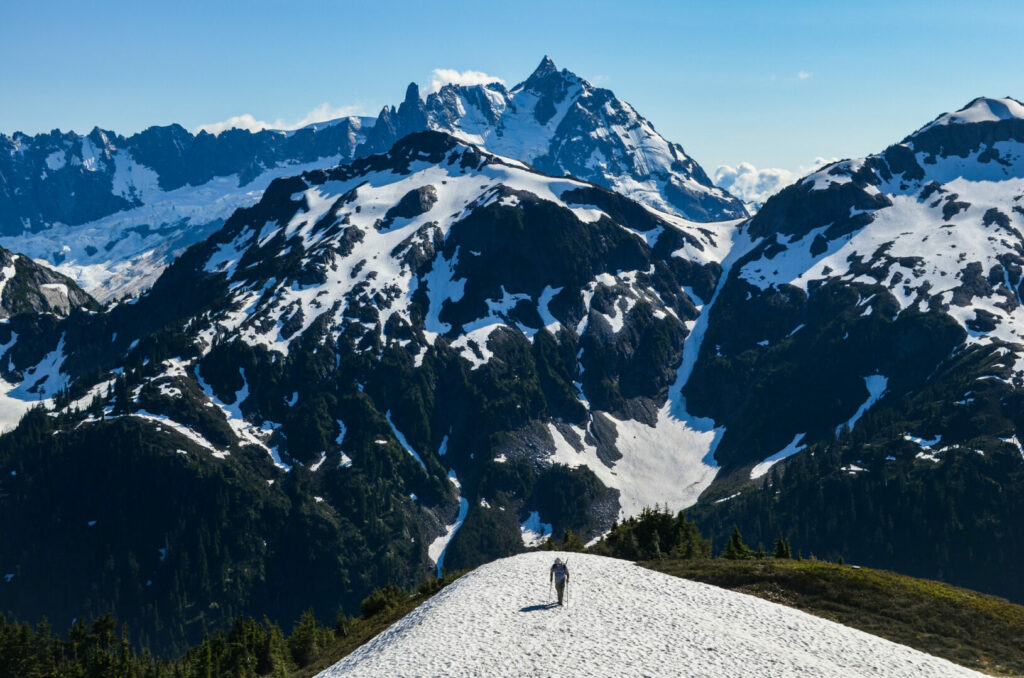
Lake Clark National Park & Preserve
Location: Alaska
Visitors in 2021: 18,278
About the Park: Located near Anchorage in south-central Alaska, Lake Clark National Park & Preserve is home to volcanoes, mountains, salmon, and bears within its 4 million undeveloped, wild acres.
Lake Clark is a 50-mile-long lake perfect for kayaking and fishing and home to the community of Port Alsworth. Preserving the ancestral homelands of the Dena’ina people, Lake Clark residents hunt, fish, and gather berries just like their ancestors.
Additionally, Dick Proenneke visited this area yearly in the 60s and 70s, recording changes in weather and wildlife. Guests can visit his cabin at Upper Twin Lake and learn more about this nature enthusiast.
Why You Should Visit: Bear viewing is one of the most popular activities at Lake Clark. Chinitna Bay, Crescent Lake, and Silver Salmon Creek offer prime viewing locations where visitors can see dozens of bears at one time.
Hunting and trapping are allowed in Lake Clark National Preserve, but you must book reservations and services in advance. Additionally, hiking through the park takes you to picturesque locations like the Tanalian Falls and atop Tanalian Mountain. Outdoor adventurers may love all of the activities available at Lake Clark.
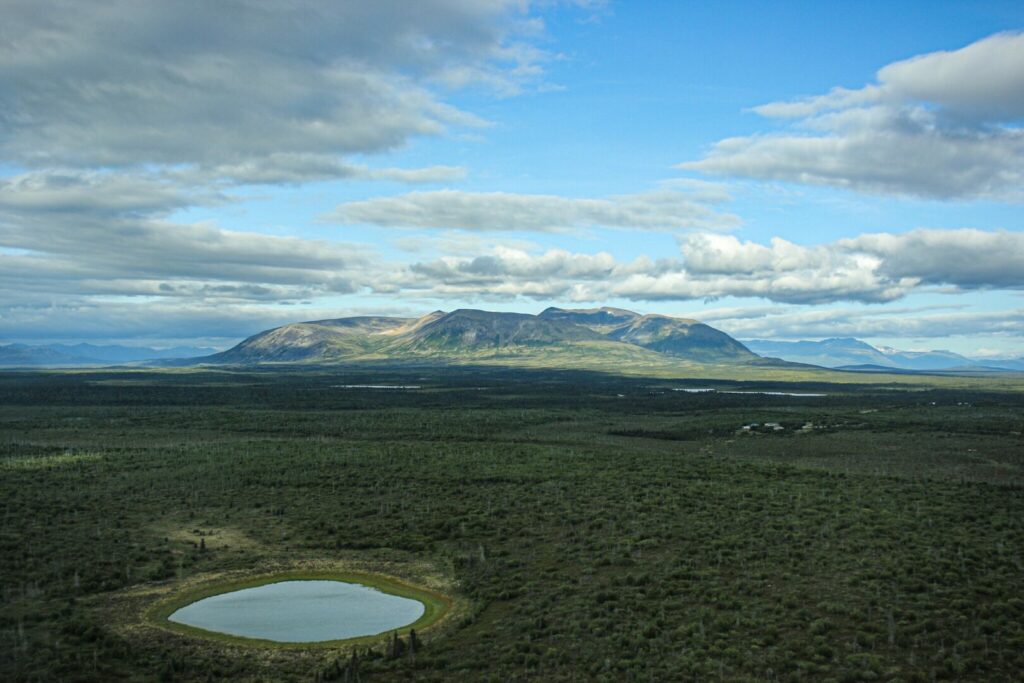
What Is the Least Visited National Park in the Lower 48?
North Cascades National Park in Washington state is the least visited National Park in the continental United States.
Furthermore, the other least visited parks in the lower 48 include Isle Royale National Park in Michigan, Dry Tortugas National Park in Florida, and Great Basin National Park in Nevada.
Isle Royale welcomed about 26,000 visitors, Dry Tortugas saw 84,000 visitors, and Great Basin had about 145,000 visitors in 2021.
Plan a Trip to One of These Less Popular National Parks
The national parks are our nation’s treasures. They protect amazing landscapes and preserve cultures thousands of years old. The history of these lands and peoples is vital to understanding our nation’s past, present, and future. So the next time you plan a trip to a national park, consider visiting one of these less popular areas.
The Grand Canyon is magnificent. Glacier National Park is simply breathtaking. The Great Smoky Mountains offers free access to millions of visitors every year. But these least visited National Parks also provide guests with unique experiences and new opportunities. Which one will you visit on your next trip?




